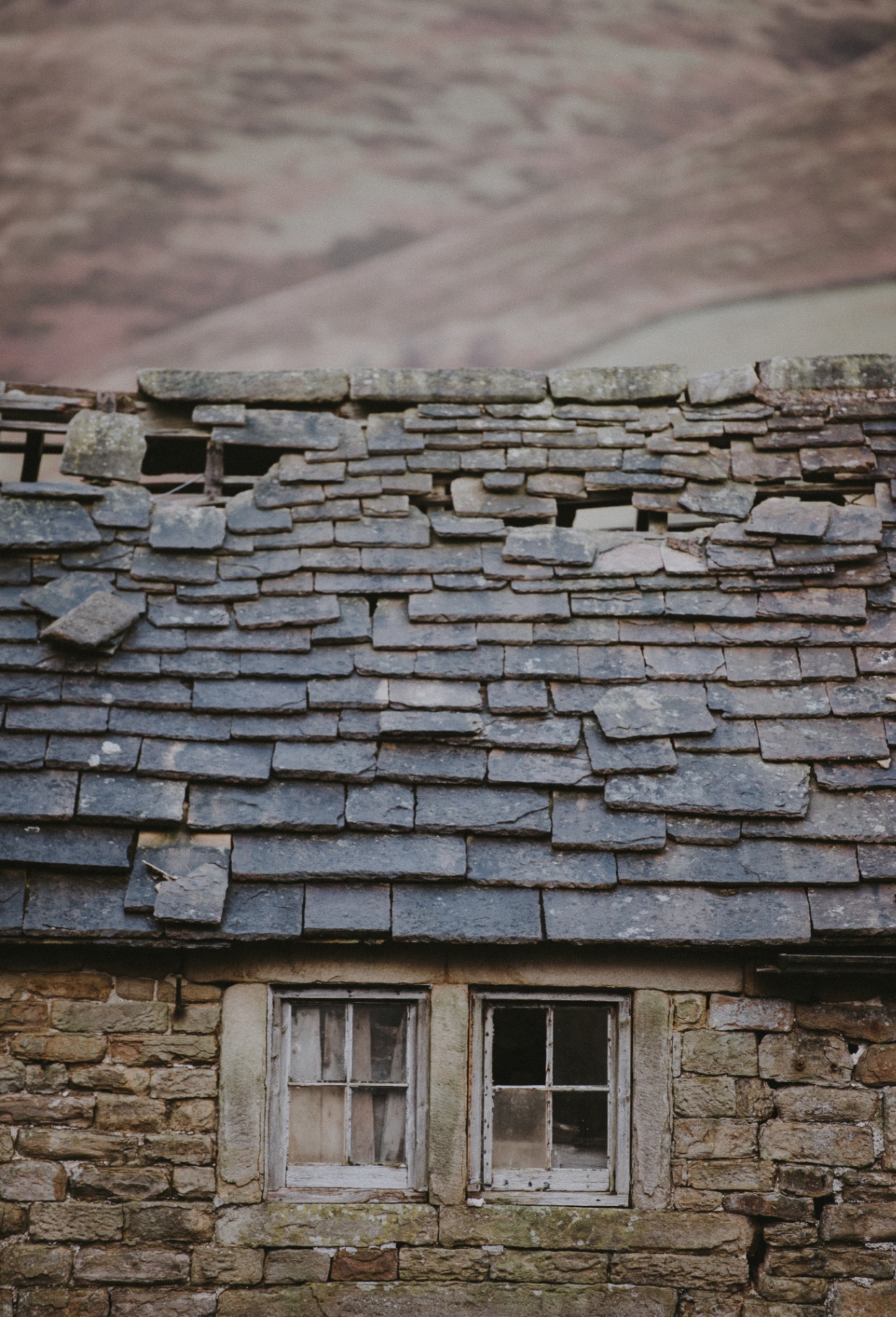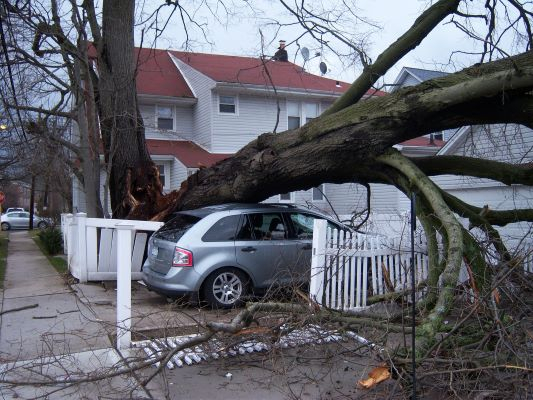7 October 2022
Queenslanders face threat of more extreme weather – ways to safeguard your home
The Bureau of Meteorology (BoM) has declared a third consecutive La Nina weather event will impact eastern Australia with many in South East Queensland still recovering from the flooding in February.
With this in mind, now is the time to prepare and improve your home to safeguard against the extreme weather conditions. So, whilst you can’t control the weather, you can control the condition and maintenance of your home to reduce the likelihood of damage.
We have pulled together our home preparation guidelines to protect your property:
#1 Weatherstripping on your doors and windows
Inspect every window closely for signs of cracks, loose glass panes or damaged window frames as they can lead to extensive damage during a storm. Check the weatherstripping thoroughly to ensure they are all sealed. If you are not confident that you can identify weatherstripping issues or apply weatherstripping with an airtight seal, call a leak detection specialist to give you peace of mind.
Signs you have an existing leak in your home include: cracked or bubbling paint, dark spots on your wall or a musty smell due to mould. A leak can precede mould or wood rot and this could lead to untold expenses in the future. Finding and sealing the origin of the leak is imperative but if you are unsure of how or need help, call our carpenters.
#2 Check your roof
If you have a tiled roof, check for damaged or loose tiles as they can easily be damaged by a storm and especially if there is already existing damage. If you have a corrugated roof, check that the sheets have no raised corners.

#3 Be smart with electricity
Power surges caused by lightning damage the microprocessors on your electronic devices and can fry your processor, for example in your laptop, instantly. A surge protector can be fitted to your switchboard to protect your appliances and electrical systems from lightning.
Water damage to the cabling of your appliances or the circuitry can cause the electricity to leak to earth through a person in contact with the appliance, causing death or serious injury. Safety Switches act when an electrical fault occurs and will isolate the circuit immediately. All modern switchboard installations have mandatory electrical safety switches installed, under Queensland law.
Ensure you have both surge protectors and safety switches installed in your home.

#4 Clean your gutters and downpipes
Keeping your gutters clear is a measure you can maintain yourself, but it might be time to assess the drainage system of your property too. If your backyard pools or floods from regular rain downfall, blocked or insufficient drainage is likely the reason but it could possibly be a damaged drainage pipe so it is important to get your drainage system assessed, as soon as possible, before more rain comes.
#5 Trim overgrown tree branches
Trim and remove, or secure, any overgrown trees in your garden and house surroundings. Removal of weak or dead branches preserves the tree’s integrity to withstand severe weather.
DO NOT ever attempt to trim trees near powerlines.
#6 Check the condition of the external walls and cladding
Check your external walls for signs of cracking, chipping or minor holes. Although cladding is often the preferred building material due to its weatherproof and water-resistance qualities, this does not mean that it is always capable of withstanding any weather. Even cladding needs to be well maintained and it is imperative to check for any corrosion that may have been caused by previous storm damage and seal any gaps.
If you are not confident inspecting your roof or attempting to fill any gaps on external walls or roof yourself, we are happy to help!

References:
https://www.racq.com.au/
https://www.suncorp.com.au/
https://www.qbe.com/au/
https://www.getready.qld.gov.au/
Suggested articles
No articles found

